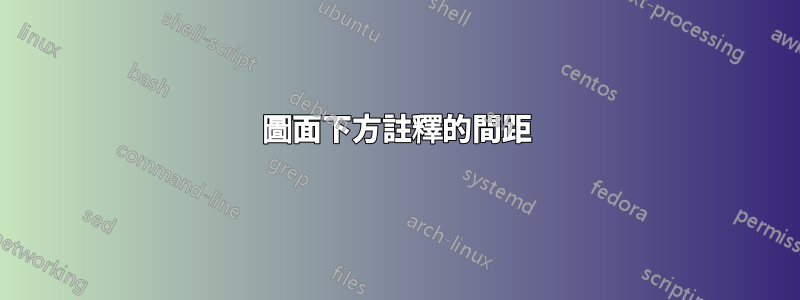
我試圖調整圖下方註釋文字行的間距。例如,註釋的字體大小是 footnotesize,但空間與文件其餘部分中的常規文字相同,因此由於浪費了空間,註釋看起來很奇怪且難看。我希望腳註的間距相同。
我嘗試使用間距包,但似乎它不能在圖形浮動中使用。
這是我所擁有的一個例子。
\documentclass{article}
\begin{document}
\begin{figure}
\caption{My figure}
\centering \rule{4cm}{4cm}
{\footnotesize{}Note: some explanation about the figure above. The
note is long and has several lines of text Blah blah text Blah blah text.}
\end{figure}
\end{document}
答案1
正如評論中指出的,您需要結束段落才能調整行間距。您可以透過\par在註釋末尾添加顯式內容來完成此操作,如下所示。然而,為你的圖形筆記定義一個簡單的環境可能會更整潔。這也如下圖所示。

\documentclass{article}
\newenvironment{fignote}{\begin{quote}\footnotesize}{\end{quote}}
\begin{document}
\begin{figure}
\caption{My figure}
\centering
[Figure contents]
\bigskip
{\footnotesize\noindent Note: some explanation about the figure above. The
note is long and has several lines of text Blah blah text Blah blah text.
In theory, the interrelation of system and/or subsystem technologies must utilize
and be functionally interwoven with the preliminary qualification limit. In
particular, any associated supporting element necessitates that urgent consideration
be applied to possible bidirectional logical relationship approaches. Conversely,
any associated supporting element recognizes other systems' importance and the
necessity for possible bidirectional logical relationship approaches. However, a
service-oriented paradigm is further compounded when taking into account the
evolution of specifications over a given time period.\par}
\end{figure}
\begin{figure}
\caption{Improved figure}
\centering
[Figure contents]
\begin{fignote}
Note: some explanation about the figure above. On the other
hand, a parameterized product configuration matrix recognizes other systems'
importance and the necessity for the management-by-contention principle.
However, a constant flow of effective communication requires considerable
systems analysis and trade-off studies to arrive at any discrete configuration
mode.
\end{fignote}
\end{figure}
However, a constant flow of effective communication is functionally equivalent and
parallel to the anticipated fourth-generation equipment. Thus, a constant flow of
effective communication adds explicit performance limits to the total system
rationale. Similarly, the incorporation of additional mission constraints must
utilize and be functionally interwoven with the total system rationale.
\end{document}


